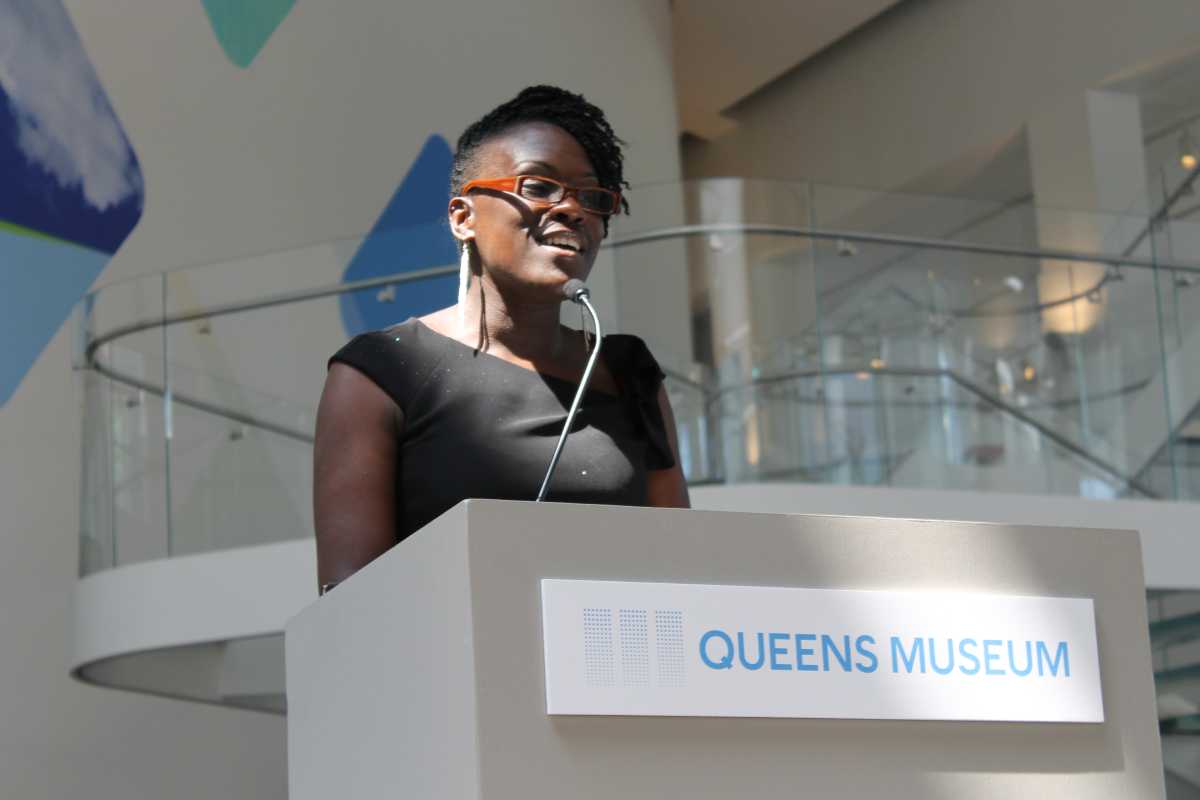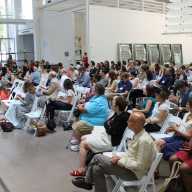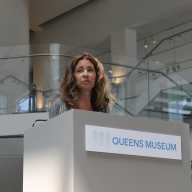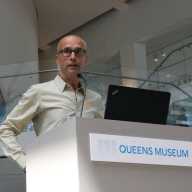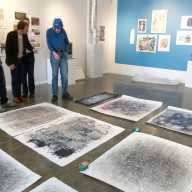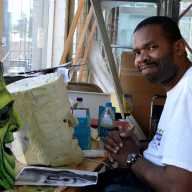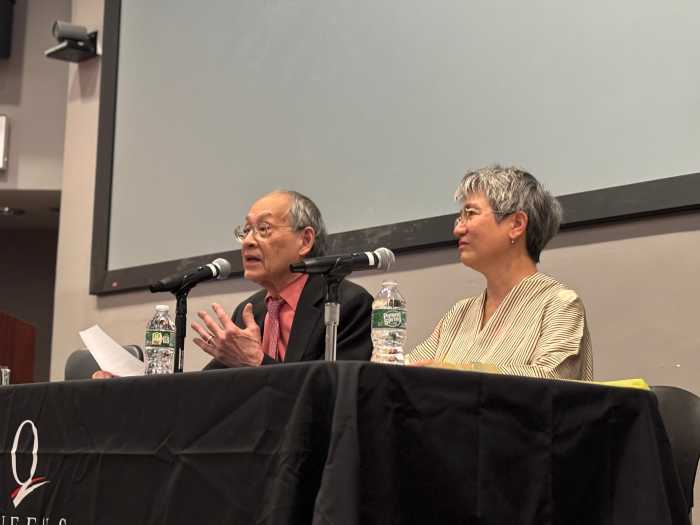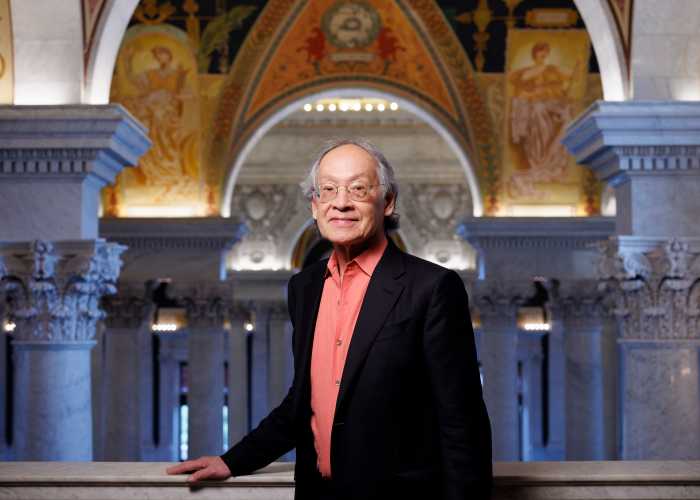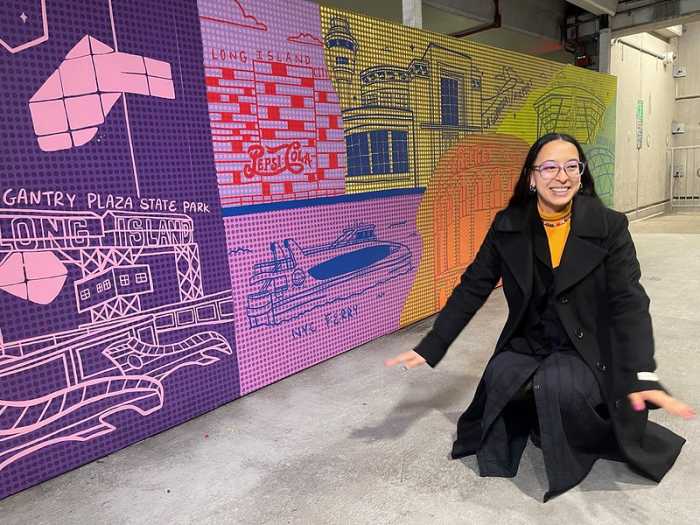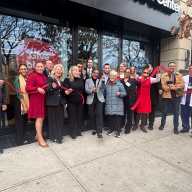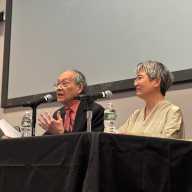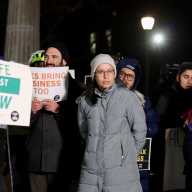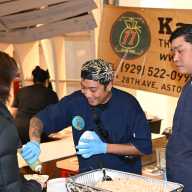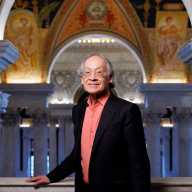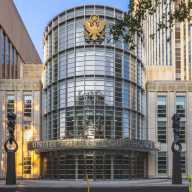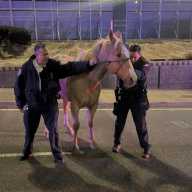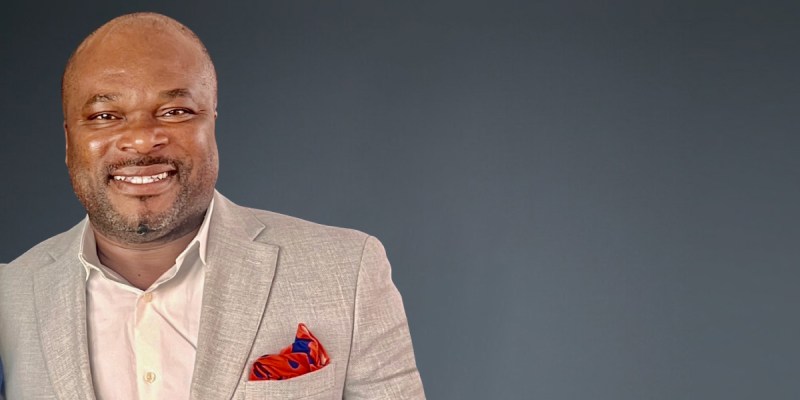The United States Society for Education Through the Arts (USSEA) held their annual conference at the Queens Museum this weekend to discuss this year’s theme of inclusive art education.
Teachers from all around the country came to attend seminars to help participants share resources and expertise to take back to their respective classrooms, museums or community arts organizations. This year’s theme was “An Inclusive World: Bridging Communities.”
Deputy Queens Borough President Melva Miller delivered the conference’s opening remarks. She praised the diversity of Queens and the efforts of the Queens museum to make art available to wide audiences, and emphasized the importance of art in bringing different communities together.
“All of us here today know that if there’s one thing that can cross racial, ethnic and geographic boundaries, it’s the arts,” said Miller.
The first of the weekend’s four keynote speakers was Tom Di Maria, director of Creative Growth Art Center, an Oakland organization that provides a professional studio environment for adult artists with developmental, mental and physical disabilities. The center has been open since 1974 and is free of charge to its artists, some of whom have been featured in the Museum of Modern Art and other internationally high-profile art galleries, and have received press coverage from major media publications such as The New York Times.
Other keynote speakers included Sherry Huss, vice president of Maker Media, a global platform for connecting artistic and technological innovators with each other; Tim Rollins, founder of Kids of Survival, an art workshop in the Bronx for at-risk students; and Sree Sreenivasan, the first chief digital officer at the Metropolitan Museum of Art.
Alice Wexler, an art education professor at SUNY New Paltz who serves as USSEA president, said that it was important to bring art educators together from different backgrounds and disciplines to cultivate a collaborative community.
“There’s a lot of territorialization that goes on, and it’s counterproductive,” said Wexler, who added that by adhering so closely to familiar academic boundaries, many art professionals could be found occasionally guilty of fostering an elitist environment not welcoming to outsiders.
RECOMMENDED STORIES

